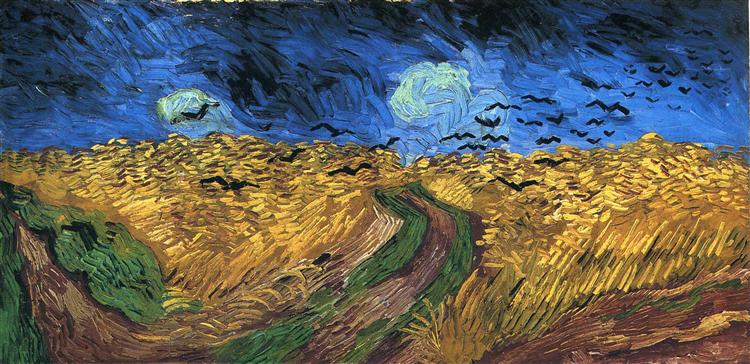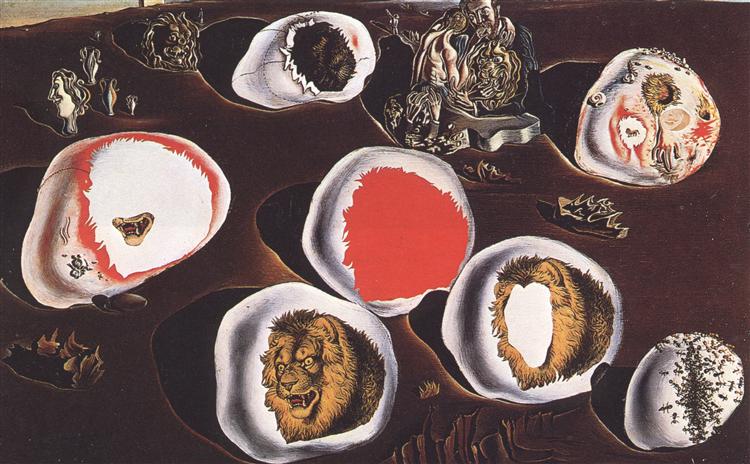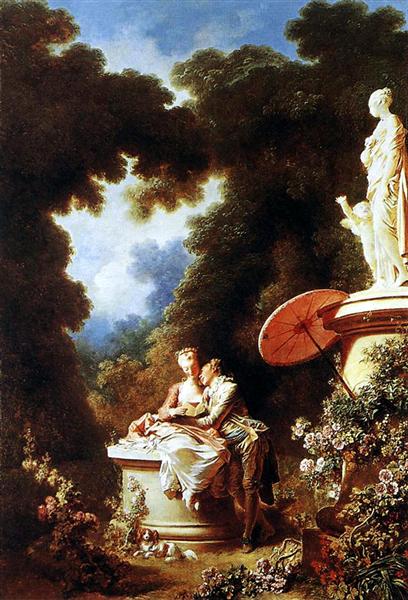Creation of art happens as a response to things we can’t always say with words, but cannot remain silent. Picasso said, “The purpose of art is washing the dust of daily life off our souls.” We can look back across art history and see numerous ways that art has been used as a way of processing mistakes, trauma, guilt, desire, and belief in truly diverse and astonishing ways.
Be encouraged to think of these artworks as transgressions in love. There is a story of a woman in Mark 14 that breaks an expensive bottle of perfume over Jesus’ feet. This was highly inappropriate for the setting considering the waste of such expensive perfume, and the sexual connotations of using a scent that would’ve been traditionally used on wedding nights. But, in response to his companions astonishment Jesus says, “Leave her alone… Why are you bothering her? She has done a beautiful thing to me… I tell you the truth, wherever the gospel is preached throughout the world, what she has done will also be told, in memory of her.” (Mark 14:6, 9) Jesus gave her grace knowing that what she did was an outpouring of love. Mary’s perfume ended up being the only garment worn by Jesus as he was dying on the cross.
Strict moralism has never produced great art. Art flows out of us as a response to the possibility of grace in our lives. These artists weren’t trying to impress anyone with their work, but to grow boldly by understanding their limitations, and finitude as human beings.

Rembrandt, Raising the Cross, 1633, Oil on canvas, 96.2 x 72.2 cm., Bavarian State Painting Collections - Alte Pinakothek Munich.
This is a depiction of the crucifixion. Rembrandt does something beautifully original here by transforming a traditional biblical scene into something that feels more like poetry. This is a visual representation of the very gospel in which Rembrandt put his faith. Rembrandt paints himself into the painting as the figure in a blue beret who is actively raising the cross. In raising Jesus on the cross he affirms his responsibility for Jesus’ death.

Vincent Van Gogh, Wheatfield with Crows, 1890, oil on canvas, 50.5 x 103 cm., Van Gogh Museum, Amsterdam, Netherlands.
This artwork is allegedly Van Gogh’s last work. The wheat field under stormy skies are painted using complementary colors. The vastness of the field with the startling amount of crows is overwhelming and slightly worrying. This scene is the only thing visible from Van Gogh’s room inside the Asylum. The curling road with the abrupt end lends a feeling of hopelessness and intense sadness. This exemplifies his emotional state and subtly prophesied his death.

Salvador Dalí, The Accommodations of Desire, 1929, Oil and cut-and-pasted printed paper on wood, 22.2 x 34.9 cm., The Metropolitan Museum of Art.
Dalí was interested in expressing himself through his fantasies and visions by mixing realism and startling expressionism. This painting was created while processing sexual frustration and anxieties surrounding an affair with Gala, the wife of Paul Éluard, a friend of Dalí, and contemporary painter. Dalí was inspired to make this after a walk with Gala.

Jean-Honore Fragonard, The Confession of Love, 1771, oil on canvas, 215 x 318 cm.,Frick Collection, New York City, NY, US.
This painting is part of a series of four commissioned for Mme du Barry, Louis XV's most beautiful mistress. It is a beautiful example of the Rococo period, which was concerned with art for art’s sake. It was characterized by depictions of positive emotions and occasions, pastel colors, and elaborate ornamentation. This particular painting shows us a couple in a garden confessing love for each other.

Makoto Fujimura, Silence-Karios, 2015, minerals, gesso, gold on canvas, 7x11’, Silence, Mysterion at Jundt Art Museum.
Makoto Fujimura layers prismatic minerals in the nihonga style, creating what he calls “slow art.” This painting is part of a series which Mako made while meditating on the beauty and mystery of the gospel. The painting looks like a plain blue field, ornamented only by gold accents, but the longer you look at it, what looks like a simple painting becomes a galaxy of color and light.
Mark Rothko, Untitled (Brown and Gray), 1969, Acrylic on paper, 153.4 x 121cm., The Metropolitan Museum of Art.
Rothko wanted to find a way to express primordial emotions in a modern and mythic way. Instead of a representational style, Rothko opts for delicate color fields to express the longing for the sublime, and transcendence. Rothko produced many of these artworks on huge canvases which he hoped would encourage the viewer to become immersed in colour, by actually stepping nearer the piece than they might otherwise have done.
No comments:
Post a Comment